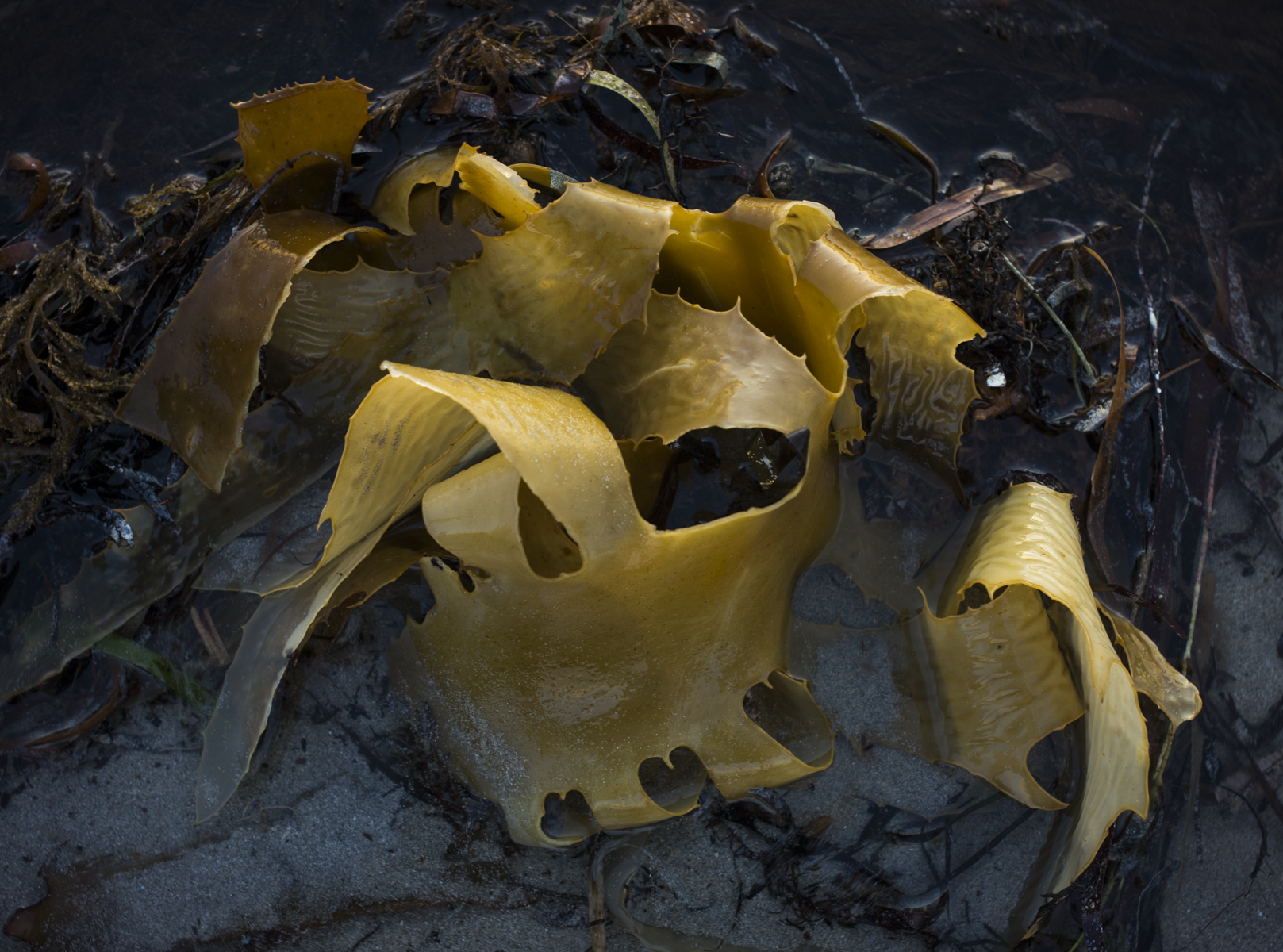I returned to an old country road that I used to walk along in winter yesterday evening with Maleko and Ari. I was tempted because the late afternoon light was soft due to the cloud cover, and I hoped that the various grass seeds along the roadside vegetation the side of the road would be manageable with Maleko racing around. I was wondering how much of the roadside vegetation had changed during the spring.

We normally walk on the beach this time of the year because of the grass seeds. The previous night’s walk along Hall Creek Rd–to see if things would be okay— was a disaster grass seed wise.
The land is drying, the temperatures are warmer than usual (starting to be in the early 30s) and the dust is forming on the roadside vegetation. Southern Australia looks to be in the grip of an El Niño that has been established in the Pacific for the last six months and it is not expected that El Nino will break down until after the start of 2016. That means below-average rainfall across eastern Australia in winter and spring, and also warmer-than-normal daytime temperatures over the southern half of the country.
How do you take pictures of a dried out landscape–not a drought stricken land– I wondered, as we walked along the dusty road?

That is one attempt from a photoshoot with Gilbert Roe in the Eastern Mt Lofty Ranges. Gilbert was using his pinhole camera, which softens the high contrast caused by the bright sunlight.

